India has taken over another global metric this year. We are now the largest two-wheeler market in the world! This title was earlier held by China, but the combined push of rising urbanization of the rural India and restrictions imposed by the Chinese government on 2-wheeler production has propelled India to the top position. A total of 17.7 million two-wheelers were sold in India last year. That’s over 48,000 units every day!
Apart from the raising demand for mobility in the urban areas, the massive government spending in rural programmes and large road-construction projects is leading to a pick-up in volumes in smaller towns and villages. The government initiative Automotive Mission 2016-2026 will provide a major boost to investment in automobile production, especially now that 100% FDI is allowed in auto component manufacture.
By 2026, the market size of the automobile industry in India is estimated to be USD260-300 billion. A large chunk of this market would be driven by two-wheeler sales. With a volume share of 68%, two wheelers have the largest share in the automobile industry. Combine this with rise of the ruban customers, improving infrastructure and ease of accessing credit, and we have a wide, high demand market at hand for mid-priced two-wheelers.
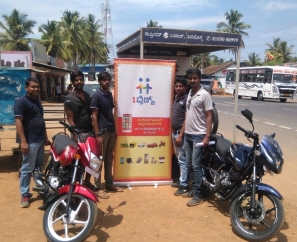

Images : 1Bridge Automobile outreach in Mandya and Shimoga districts, Karnataka
Rural markets have always been the major consumers of commuter motorbikes in India, making up 70% of the market in India. They are also the biggest reason for the consistent growth of the two-wheeler segment of the industry, getting bigger by an average of 6-7% every year. This trend was also observed in a recently conducted survey on two wheelers by 1Bridge, wherein 63% of the surveyed customers expressed the intent to buy a two-wheeler this year!
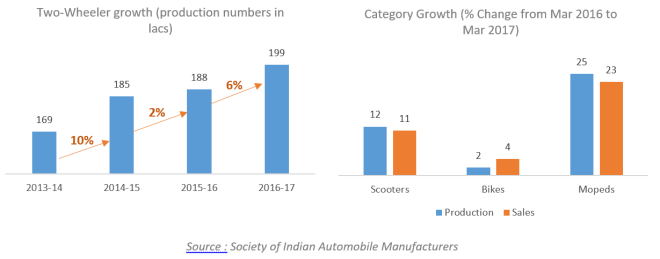
However, this impressive spurt of growth does not necessarily spell good news for motorcycle manufacturers. Scooters are increasingly gaining market share within the sector, with growth in production as well as sales far ahead of motorbikes this year. Although the dip in sales of bikes can be attributed to demonetization, the advent of scooters is undeniable. Experts have dubbed it the “Ugly Duckling” of the sector, outperforming the highly penetrated motorcycle market leaving it struggling to maintain single digit growth.
The era of Scooters was thought to have ended with the iconic Bajaj Chetak. In the past decade, reign of scooters had shrunk to a few states. In 2011, scooters had a quarter or higher share of market in just 3 states. On a national level, scooters were already considered as a languished commodity at a 16% share. By 2015, this went up to 25% on an overall level and 33% or above in at least 11 states as well as North-east. Infact, in Kerala, their share was as high as 62%!
Today, scooters enjoy a 36% share of the pie and are set to overtake the largest volume segment of the market, entry-level bikes, with just a 1% point gap. Experts attribute this growth to rapid urbanization and growing road network in South, West and North states with high rural population. The singular, most powerful force behind this shift is the heavy, ungeared scooter, and the flagbearer of this force is Honda Activa with 63% share of scooter sales in India.
What changed?
Earlier, Scooters were largely positioned as a light weight, easy to drive vehicle for women. However, there has been a very visible shift in the narrative with scooter models such as Hero Maestro, TVS Jupiter and Yamaha Ray-Z being targeted at men. Factors such as improving mileage, power and pick-up are also attracting men towards this segment. Now scooters stand for gender-neutrality and combination of high utility and performance, becoming relevant to both sexes and all age groups.
Another major shift happened in the demographic profile of the rural markets as well as tier-1 and tier 2 cities. The market in tier 1 and 2 markets grew at a rate of 15-16% between 2012 and 2015 and penetration of scooters was very high. However, experts believe that these markets will mature quickly and slow down to single digit growth within the next couple of years.
On the other hand, the growth prospects of the semi-urban and rural markets appear more promising. Earlier, perceived as an urban vehicle, scooters are fast gaining acceptance in the semi-urban and rural markets. This is reflected in the fact that scooter sales are growing faster in the semi-urban and rural areas than in the tier-1 and tier-2 markets. With its high utility perception and the convenience it offers, a scooter is seen as a good option for intra-city transportation in areas starved of good transport infrastructure. Improving fuel efficiency of scooters is also tilting the preference of the rural consumers. In the last few years, the mileage of scooters have increased by 25-30 per cent to an average of around 45 kms per litre.
Several scooter manufacturers are shifting their focus to the semi-urban and rural markets where sales are forecast to expand at a faster pace. Players have also aggressively expanded their distribution network to reach out to customers in these areas. It is estimated that over one-third of the total distribution network of Honda Motorcycles is concentrated in rural areas.
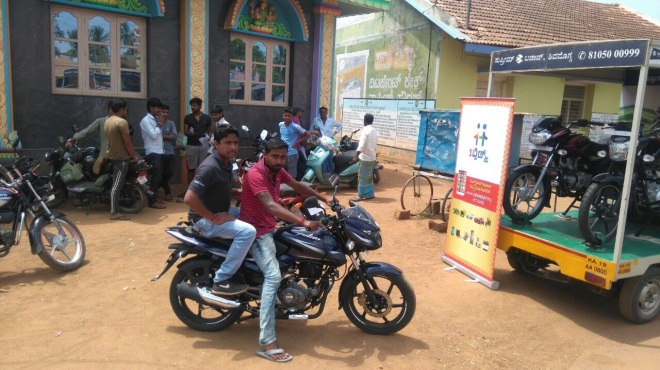
Image : 1Bridge outreach for Bajaj
Brands riding the scooter wave
Honda remains at the forefront with Activa, followed by brands from Hero MotoCorp and Bajaj Auto.
What do customers want from 2-wheelers?
Another key finding of the 1Bridge survey was that Rubans value good mileage over everything else. Most of the surveyed customers associated Hero, Honda and Bajaj with good mileage. Whether the customers will prefer bikes over scooters or not, remains to be seen.
An interesting insight from this survey was the gap in awareness and perceptions of other brands among customers. Looking at the unaided brand recall of various brands, Hero, Honda and Bajaj again topped the chart. However, if we take away the respective brand owners from the pool, the ‘pure recall’, i.e. the recall among non-users, is pretty much the same for all brands.

The question now is, why are the customers associating ALL qualities to the same 3 brands?

Despite equal awareness levels as the top brands, TVS, Suzuki, Enfield and Yamaha do not have a clear USP in the customer’s eyes. This highlights the need for a loud and clear communication strategy for these brands and that of creating differentiation, if they are to compete with the big names.
Legacy and consistent brand DNA can be a reason why the top brands have a strong hold. For Honda, all positive perceptions go much beyond ownership numbers. User or not, A quarter of customers, or more, believe it to be the best possible option for all features, with only 17% being owners. For Hero – 32% of the entire group are owners, but still, 34% believe Hero is the best option for good mileage. Similarly for Bajaj, the perception of being the most powerful stands at 21%, although only 19% customers own a Bajaj vehicle (possibly a result of the brand message “Definitely Male”).
Find the complete report of the study here.
What lies ahead
It would be interesting to see how the brands adjust to this shift in balance. It is safe to say that scooters will eat into the 100-125 CC bike category and it is possible that over time, bikes become a premium product in rural markets. For now, higher CC range bikes are safe from this trend and will see continued investments from brands.
Stay tuned for more insights and research coming your way from 1Bridge Bharat !!
References
Society of Indian Automobile Manufacturers : Industry Report 2017
Findings of 1Bridge 2-wheeler survey 2017
Media Articles – Times of India, Economic Times, Auto News Press, Business Standard
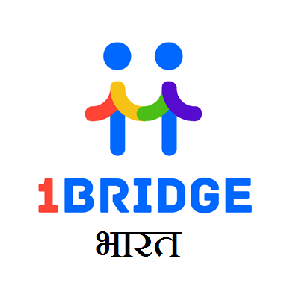
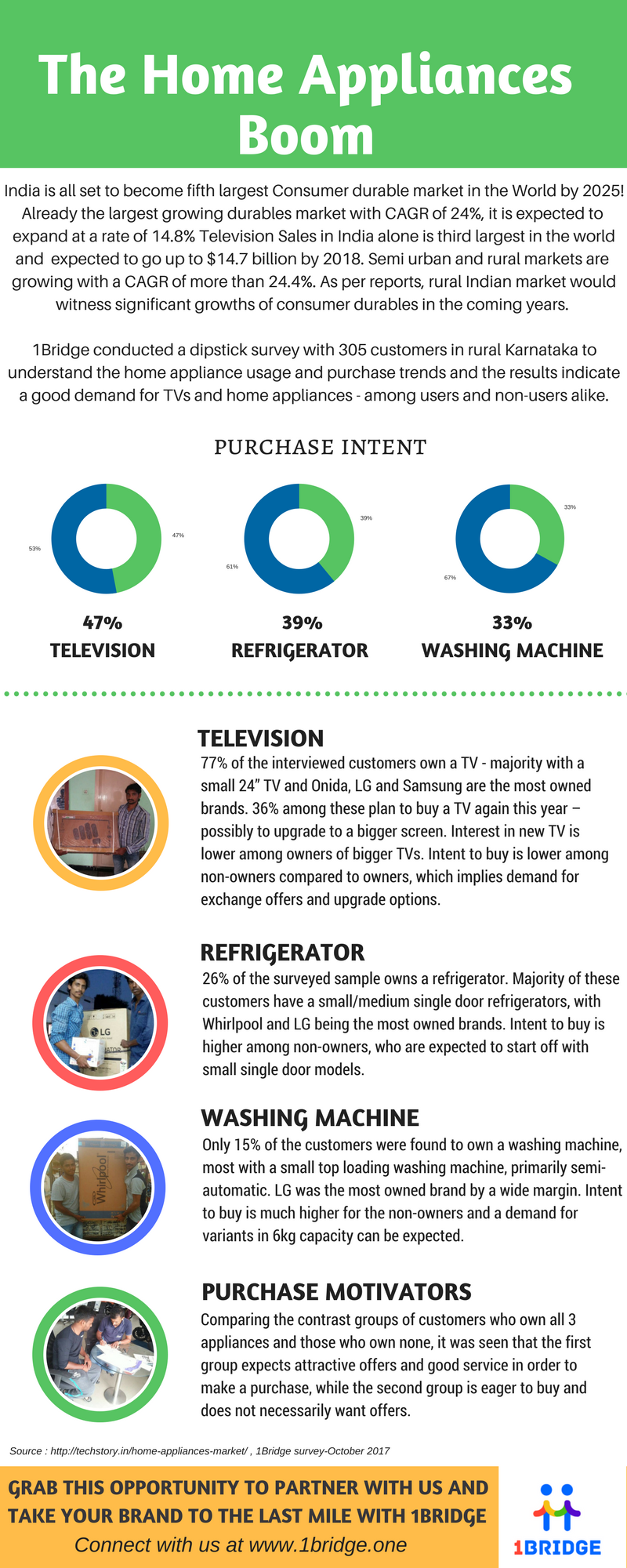












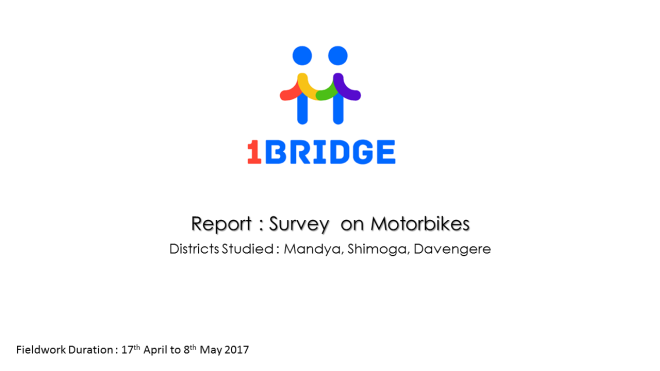


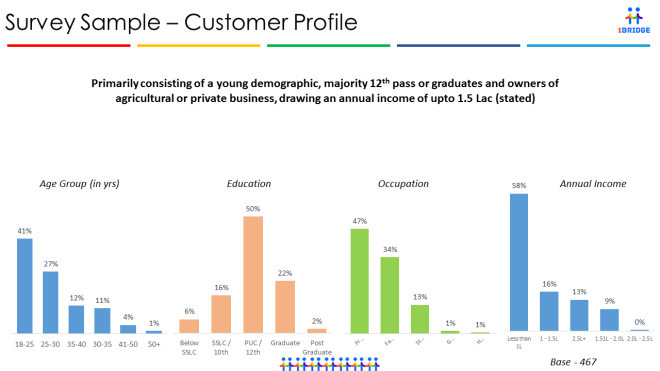





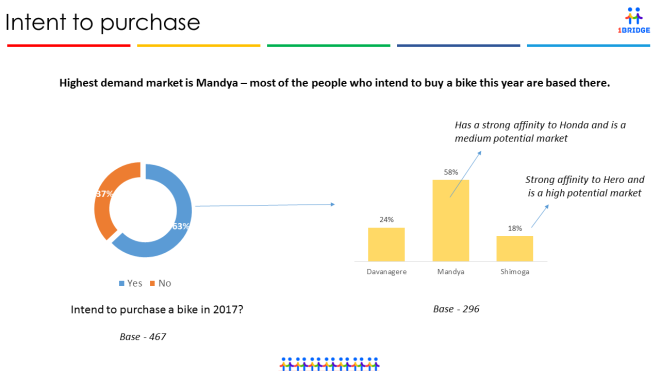
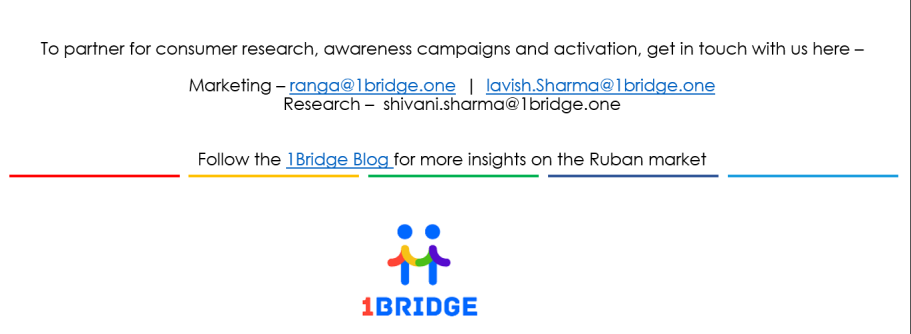

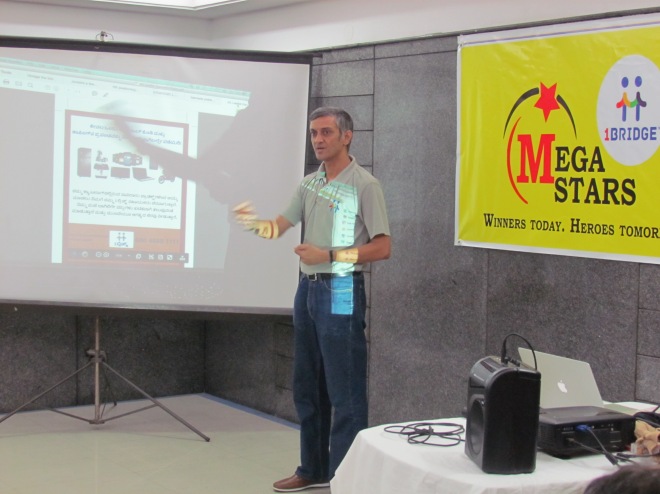

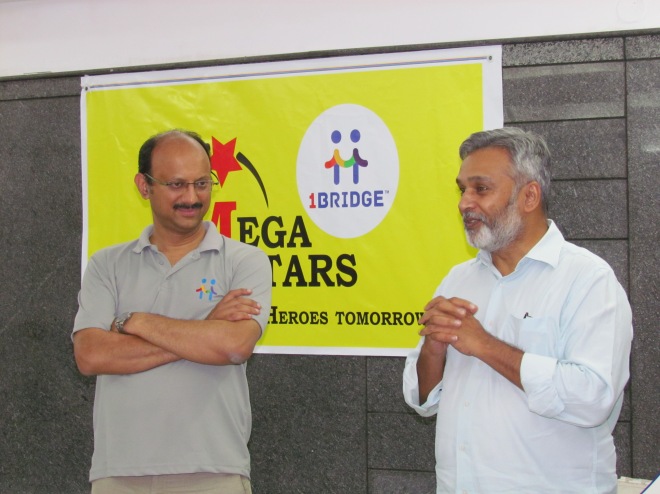


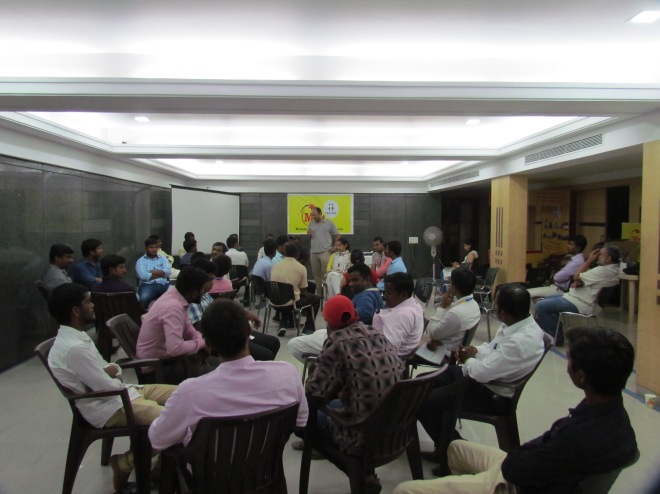

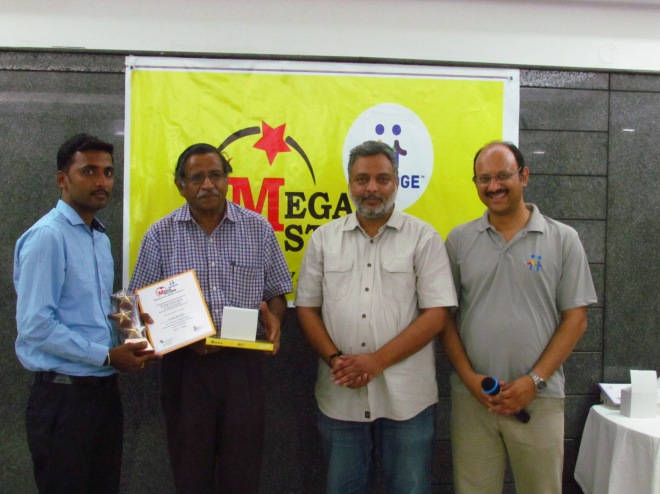 Left to Right : Mega Star Award winner Veeresh, M Chandrasekharan, M Chakrawarty, Madan Padaki
Left to Right : Mega Star Award winner Veeresh, M Chandrasekharan, M Chakrawarty, Madan Padaki Left to Right : Mega Star Award runner up Arjun, M Chandrasekharan, M Chakrawarty, Madan Padaki
Left to Right : Mega Star Award runner up Arjun, M Chandrasekharan, M Chakrawarty, Madan Padaki Left to Right : Mega Star Award second runner up Puttaraju BJ, M Chandrasekharan, M Chakrawarty, Madan Padaki
Left to Right : Mega Star Award second runner up Puttaraju BJ, M Chandrasekharan, M Chakrawarty, Madan Padaki Ramesh MT with Madan Padaki
Ramesh MT with Madan Padaki M Chakrawarty with Ram Murthy
M Chakrawarty with Ram Murthy The 1Bridge Team
The 1Bridge Team